Your Questions Answered: A P2E FAQ for Beginners
Welcome, aspiring Web3 adventurers, to the exciting, and sometimes bewildering, world of Play-to-Earn (P2E) gaming! For years, gamers have poured countless hours, and often significant money, into virtual worlds with little to show for it beyond bragging rights and digital trinkets owned by game publishers. But what if you could not only enjoy immersive gameplay but also earn tangible rewards, real digital assets, and even income? That's the revolutionary promise of P2E. As the digital landscape evolves, P2E has emerged as a groundbreaking model that challenges traditional gaming norms, empowering players with ownership and a stake in the game's economy. Whether you've just heard the buzz or are curious about dipping your toes into this new frontier, this comprehensive FAQ is designed to demystify P2E, answer your most pressing questions, and guide you through the basics of blockchain gaming. Get ready to level up your understanding!
What Exactly Is Play-to-Earn (P2E) Gaming?
At its core, P2E gaming is a paradigm shift where players can earn real-world value through their participation in a game. Unlike traditional games where in-game items are centrally controlled by the game developer and have no value outside the game, P2E leverages blockchain technology to give players true ownership of their digital assets. These assets can include characters, virtual land, skins, weapons, or in-game currency, often represented as Non-Fungible Tokens (NFTs) or cryptocurrencies. This means you can buy, sell, or trade these assets on secondary marketplaces, or even use them in other compatible games, transforming your time and effort into tangible economic benefits. It's a move from merely consuming content to actively contributing to and benefiting from the game's economy.
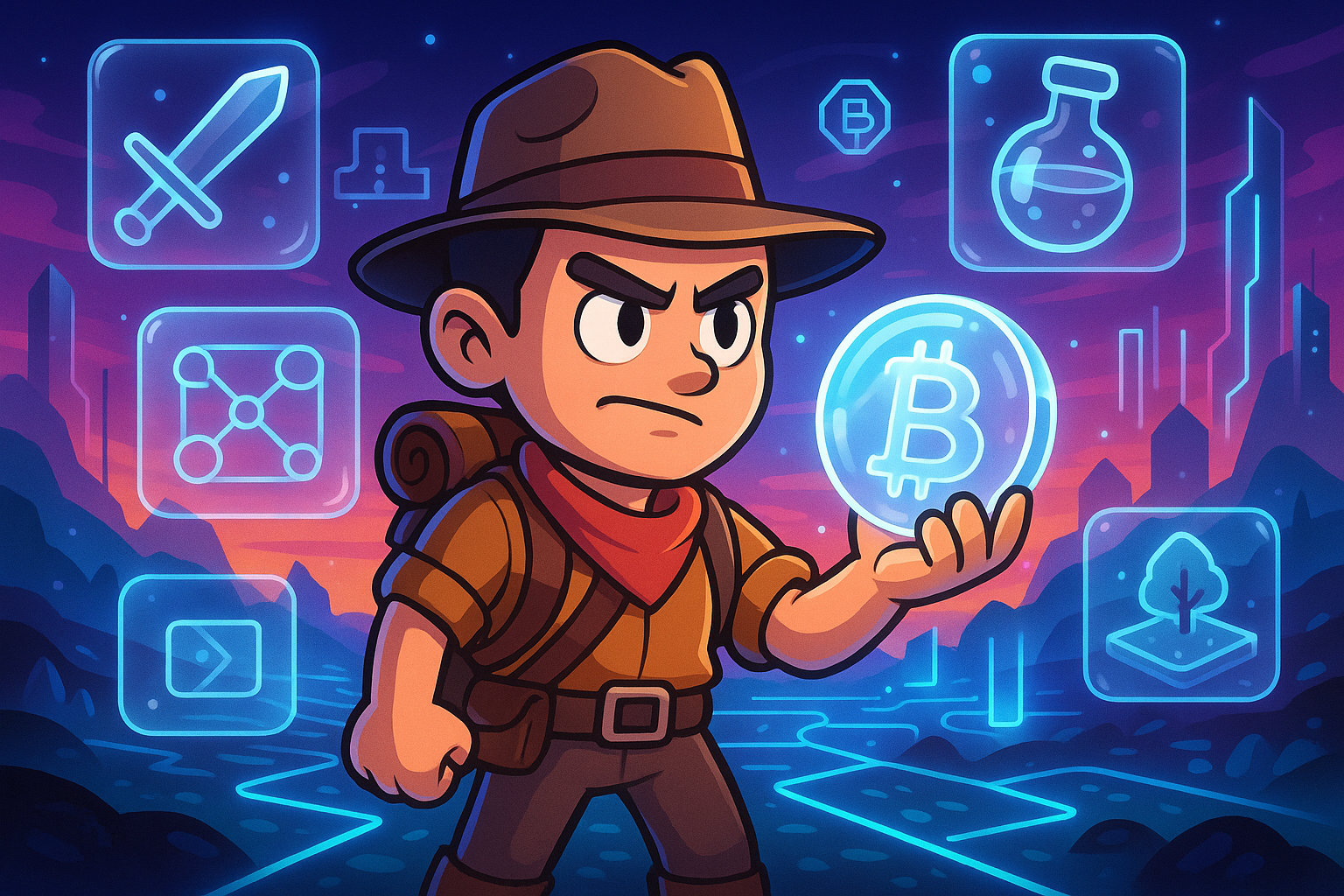
How Does P2E Work? (The Role of Blockchain, NFTs, and Crypto)
The magic behind P2E hinges on three primary technological pillars: blockchain, NFTs, and cryptocurrencies.
- Blockchain: This is the distributed, immutable ledger that records all transactions and ownership within the game's ecosystem. It ensures transparency, security, and verifies the authenticity of digital assets. Think of it as a public, unchangeable record book for everything that happens in the game's economy.
- NFTs (Non-Fungible Tokens): These are unique digital assets stored on the blockchain. In P2E games, NFTs represent ownership of specific in-game items – a one-of-a-kind character, a rare sword, a plot of virtual land, or a unique pet. Because each NFT is unique and verifiable, it cannot be replicated or forged, giving it intrinsic value based on its scarcity, utility, and demand.
- Cryptocurrencies: These are the digital currencies used within the P2E ecosystem. Many P2E games have their own native tokens, which players can earn through gameplay, selling NFTs, or staking. These tokens can then be exchanged for other cryptocurrencies, or even fiat money, on various crypto exchanges. They serve as the lifeblood of the game's economy, enabling transactions and rewarding participation.
When you play a P2E game, you're interacting with these technologies, whether you realize it or not. Winning a battle might reward you with a rare NFT, or completing a quest might give you a certain amount of the game's native cryptocurrency. This ownership and transferability are what fundamentally differentiate P2E from traditional gaming.
Is P2E Just a Fad? Or Is It Here to Stay?
The P2E space, like much of the Web3 landscape, has seen its share of hype cycles, rapid growth, and subsequent corrections. While some initial P2E projects were perhaps more focused on the "earn" aspect than "play," leading to less engaging gameplay and unsustainable economies, the underlying principles are robust and continue to evolve. Many developers are now prioritizing immersive and fun gameplay experiences first, integrating earning mechanics seamlessly rather than as the sole driver. This shift towards "Play-and-Earn" or "Play-to-Own" signifies a maturation of the industry. Major gaming studios and venture capitalists are actively investing in the space, indicating a long-term belief in its potential. The idea of true digital ownership and empowering players with a stake in the virtual worlds they inhabit is a powerful concept that is unlikely to disappear. While specific games and trends may come and go, the core idea of player-owned economies is likely to reshape gaming for years to come.
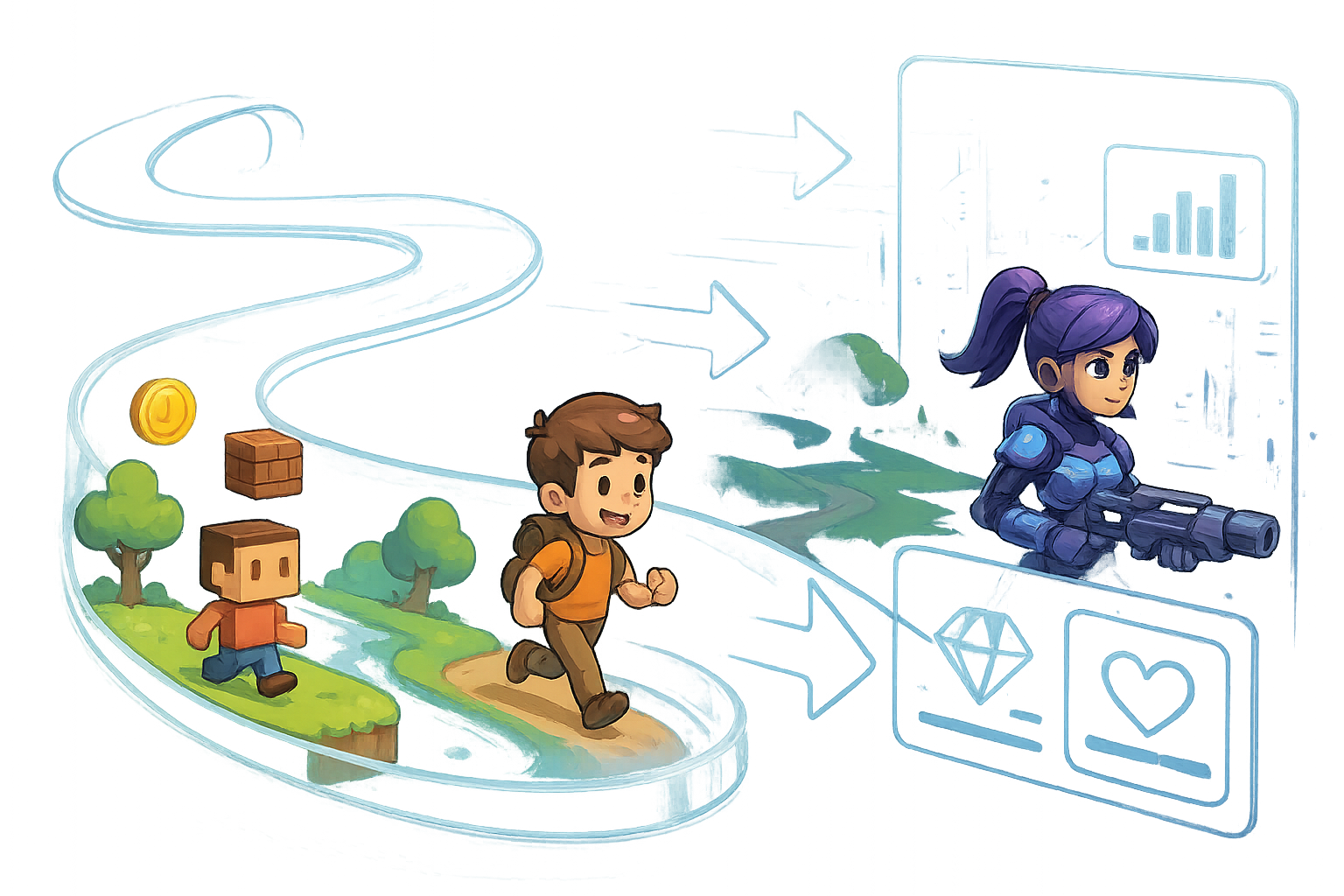
What Do I Need to Start Playing P2E Games?
Getting started in P2E typically requires a few essential tools:
- A Cryptocurrency Wallet: This is your gateway to the Web3 world. Popular choices include MetaMask, Trust Wallet, or Phantom, depending on the blockchain the game is built upon. Your wallet securely stores your cryptocurrencies and NFTs and acts as your identity within the decentralized ecosystem.
- Initial Cryptocurrency: Many P2E games require an upfront investment to purchase initial NFTs (e.g., starter characters, virtual land) or to cover transaction fees (gas fees) on the blockchain. You'll need to acquire some cryptocurrency (like ETH, SOL, BNB, or the specific game's token) from an exchange like Coinbase, Binance, or Kraken and transfer it to your wallet.
- A Computer or Mobile Device: Most P2E games are accessible via web browsers, desktop clients, or mobile apps. Ensure your device meets the game's system requirements.
- An Internet Connection: A stable internet connection is crucial for seamless gameplay and blockchain interactions.
- A Desire to Learn and Research: The P2E space is dynamic. Be prepared to spend time researching games, understanding their mechanics, and staying updated on community discussions.
Remember, always start with a small amount of capital you're comfortable losing, as the crypto space can be volatile.
How Do I Choose the Right P2E Game for Me?
With thousands of P2E games emerging, choosing the right one can feel daunting. Here's a checklist to guide your selection:
- Gameplay First: Does the game look genuinely fun to play? If the "earn" aspect is the only draw, you might quickly lose interest, and the model might prove unsustainable. Look for games with engaging mechanics, good graphics, and a compelling story.
- Team & Developers: Research the team behind the game. Do they have a track record in gaming or blockchain? Are they transparent about their roadmap and development progress? A strong, experienced, and committed team is a major positive indicator.
- Community & Support: A vibrant and active community on platforms like Discord, Telegram, or X (formerly Twitter) is a good sign. It indicates strong player interest and provides a resource for information and support. Look for responsive moderators and developers.
- Tokenomics & Economy: This is critical. How does the game's economy work? What are the utility and scarcity of its NFTs and tokens? Is there a clear burning mechanism or utility that prevents hyperinflation of the in-game currency? Unsustainable tokenomics can lead to rapid devaluation.
- Security & Audits: Has the game's smart contract code been audited by reputable third-party firms? This helps ensure there are no vulnerabilities that could be exploited.
- Initial Investment & ROI: Understand the upfront costs and potential return on investment, but always take advertised ROI with a grain of salt. Be wary of projects promising unrealistic returns.
- Long-term Vision: Does the game have a clear roadmap for future development, new features, and expansion? A long-term vision indicates the developers are committed to sustained growth and innovation.
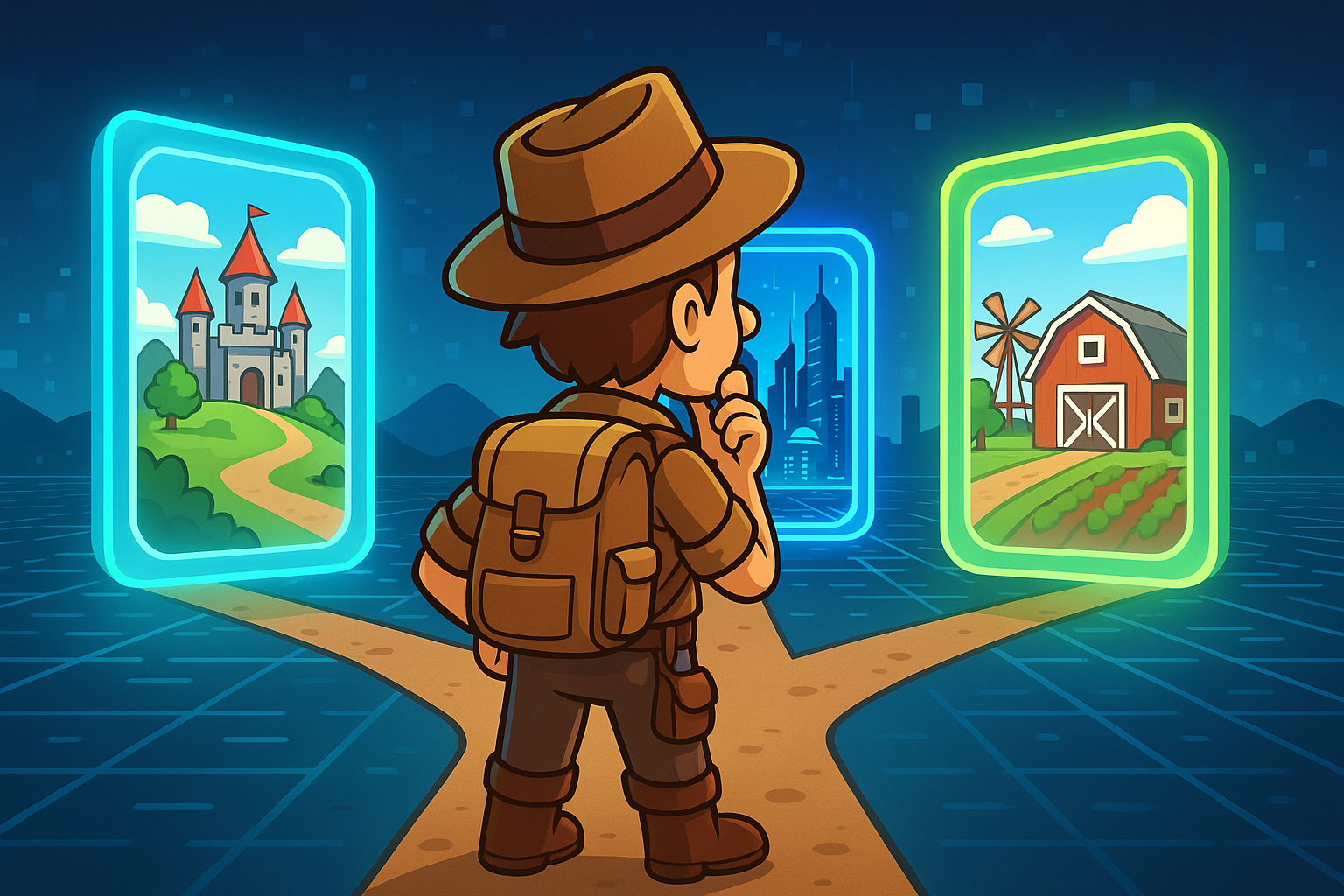
Are P2E Games Free to Play? What About Upfront Costs?
This is a common misconception. While the term "Play-to-Earn" implies you can simply play and earn, many P2E games are not truly "free-to-play" in the traditional sense of starting with zero investment. Many popular titles require an initial investment to purchase essential NFTs, such as starter characters, land plots, or crucial items, before you can actively participate in the earning mechanics. These are often referred to as "entry barriers."
However, the landscape is evolving. A growing number of games are adopting "free-to-play and earn" models, allowing players to start without an initial NFT purchase. In these cases, new players might earn lower-tier NFTs or tokens, which they can then use to upgrade, or save up to purchase better assets, effectively bootstrapping their way into the earning ecosystem. Others might offer temporary free-to-play assets or scholarships where existing players lend their NFTs to new players in exchange for a percentage of their earnings. It's crucial to check the specific game's model before diving in. Always factor in potential gas fees for transactions on the blockchain as well, which can add to your initial outlay.
How Do I Actually Earn Money in P2E Games?
The earning mechanisms in P2E games are diverse and often depend on the specific game's design:
- Selling In-Game NFTs: This is perhaps the most straightforward method. As you play, you might acquire rare items, unique characters, or valuable land plots as NFTs. You can then sell these assets to other players on the game's marketplace or on broader NFT marketplaces like OpenSea or Magic Eden.
- Earning Game Tokens: Many games reward players with their native cryptocurrency tokens for completing quests, winning battles, participating in events, or even just playing daily. These tokens can then be swapped for other cryptocurrencies or fiat money on exchanges.
- Staking: Some games allow you to "stake" your game tokens or NFTs. Staking involves locking up your assets for a period to support the network's operations, and in return, you earn additional tokens as rewards. This is similar to earning interest in a savings account, but with crypto.
- Providing Liquidity: In some decentralized game ecosystems, players can provide liquidity to token pools on decentralized exchanges (DEXs), earning a share of the transaction fees or additional tokens.
- Scholarship Programs: For games with high entry barriers, established players (or "managers") might lend their expensive NFTs to new players (or "scholars"). The scholar plays the game using the manager's assets, and the earnings are split between them. This allows new players to earn without initial investment and managers to maximize their asset utility.
- Virtual Land Ownership: In metaverse-style games, owning virtual land can allow you to earn through various means, such as renting it out, building experiences on it, or developing it for commercial purposes, like hosting events or advertising.
- Content Creation & Governance: Some games reward players who contribute to the ecosystem through content creation, community management, or by participating in governance decisions (voting on game updates or proposals if the game has a DAO structure).
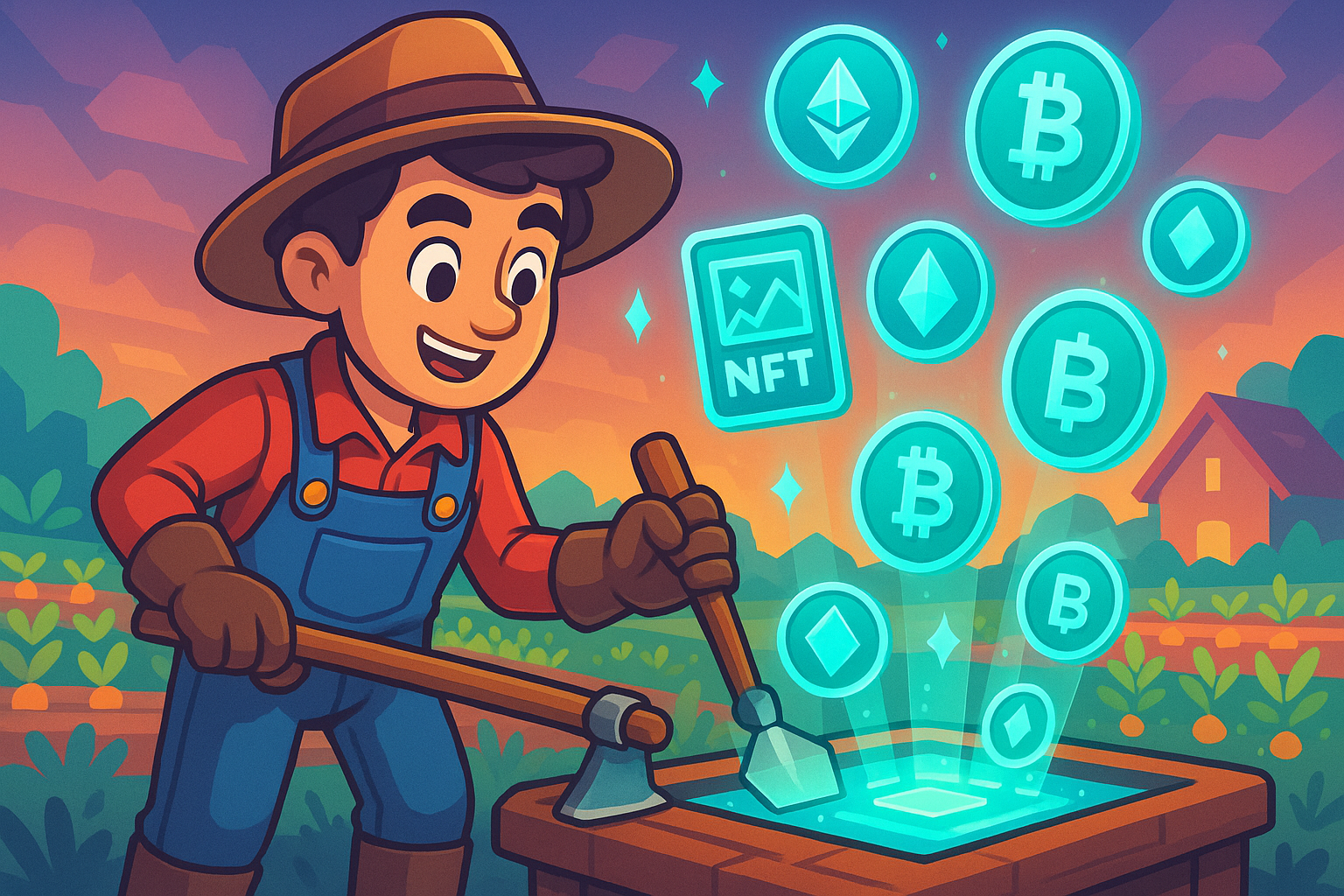
Is It Really "Earning" or Just "Investing and Selling"?
This is a crucial distinction and a point of ongoing debate. In many early P2E models, the primary "earning" came from speculating on the value of in-game assets (NFTs and tokens) and selling them for a profit, rather than from gameplay skill or enjoyment. This often resembles a financial investment more than traditional gaming. If the value of the assets drops, so does your "earning potential."
However, as the space matures, the focus is shifting. Newer P2E games aim to create sustainable economies where value is generated through genuine gameplay, skill, time investment, and the creation of valuable in-game assets. For example, a skilled player might consistently win tournaments, earn rare items, or craft high-demand NFTs that derive their value from their utility and scarcity within the game's ecosystem, not just speculative trading. The ideal P2E model strives for a balance where playing the game well genuinely contributes to your earning potential, moving closer to traditional employment or entrepreneurial endeavors within a virtual world. It's still a blend of both, but the emphasis is moving towards more skill-based and utility-driven earning.
What Are Tokenomics and Why Are They Important for P2E?
"Tokenomics" refers to the economics of a cryptocurrency or token. In P2E, it describes the entire system governing a game's native tokens and NFTs – how they are created, distributed, used, and burned (removed from circulation). Understanding a game's tokenomics is absolutely vital because it directly impacts the long-term sustainability and value of your in-game earnings.
Key aspects of tokenomics include:
- Supply: Is the token supply fixed or inflationary? A controlled, often limited supply can help maintain value.
- Demand & Utility: What purposes do the tokens and NFTs serve within the game? Do they unlock features, allow governance, or are they required for crafting? Strong utility drives demand.
- Distribution: How are tokens distributed to players, developers, and investors? Fair distribution is important for a healthy ecosystem.
- Burning Mechanisms: Are there ways for tokens to be removed from circulation (e.g., used for upgrades, entry fees, or crafting that consumes tokens)? Burning helps prevent hyperinflation.
- Staking Rewards: How are rewards generated and distributed for staking?
Poor tokenomics can lead to a "death spiral" where an oversupply of tokens, combined with a lack of utility or burning mechanisms, causes rapid inflation and devaluation. Always scrutinize a game's whitepaper or economic model for a clear, well-thought-out tokenomics strategy. A balanced system incentivizes long-term participation and rewards genuine contribution, rather than simply paying out new players with the funds of even newer players.
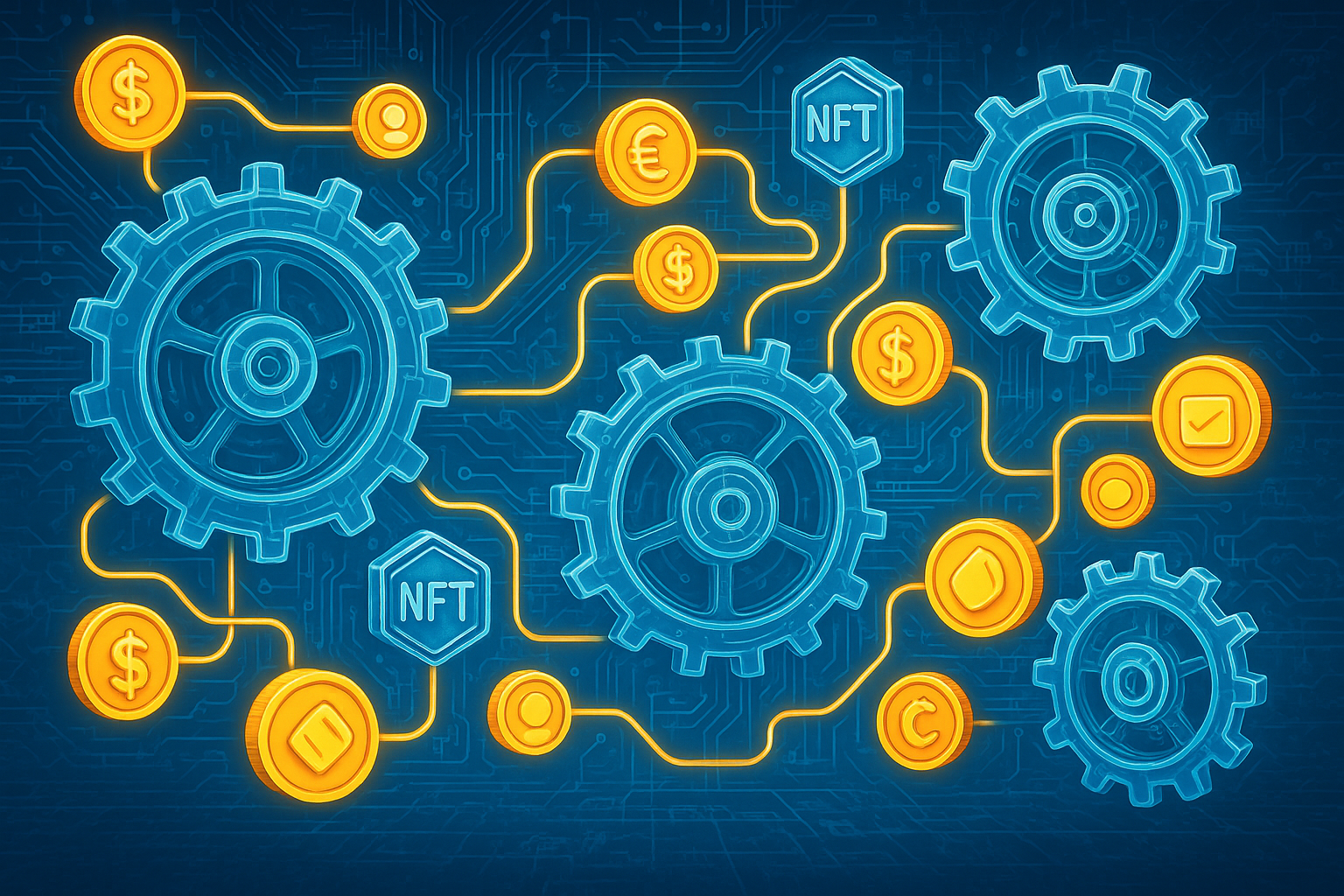
What Are the Risks Associated with P2E?
While P2E offers exciting opportunities, it's crucial to be aware of the inherent risks:
- Market Volatility: The value of cryptocurrencies and NFTs can be highly volatile, swinging dramatically in short periods. Your in-game earnings might be worth a lot one day and significantly less the next.
- Rug Pulls & Scams: Unfortunately, the crypto and NFT space is susceptible to scams. Projects can disappear overnight, taking investor funds with them ("rug pulls"). Always do your due diligence on the team and project.
- Unsustainable Economies: Many early P2E games suffered from poorly designed tokenomics, leading to hyperinflation and the eventual collapse of their in-game economies. This is a significant risk even for legitimate projects.
- Security Vulnerabilities: Smart contracts can have bugs or vulnerabilities that hackers can exploit, leading to loss of funds or NFTs. While audits help, they don't guarantee absolute security.
- Time Commitment: "Earning" in P2E often requires significant time investment. If the game isn't fun, it can feel like a chore rather than entertainment.
- Regulatory Uncertainty: The regulatory landscape for crypto and NFTs is still evolving globally. Future regulations could impact how P2E games operate or the value of their assets.
- Gas Fees: Transaction fees on some blockchains (like Ethereum) can be high, especially during peak network congestion, potentially eating into your earnings or initial investment.
Approach P2E with caution, never invest more than you can afford to lose, and always prioritize security best practices for your crypto wallet.
Is P2E Sustainable in the Long Term?
The sustainability of P2E is a hot topic. Early models faced challenges due to speculative tokenomics and a heavy reliance on new players constantly joining to sustain the economy. However, the industry is learning and evolving rapidly.
Long-term sustainability hinges on several factors:
- Engaging Gameplay: Games need to be genuinely fun and compelling, attracting players who want to play regardless of the earning potential. This creates a more stable user base.
- Balanced Tokenomics: Robust economic models that include utility, scarcity, burning mechanisms, and fair distribution are essential to prevent inflation and maintain asset value.
- Innovation & Development: Continuous updates, new features, and expansions keep players engaged and inject fresh value into the ecosystem.
- Broader Adoption: As more people enter the Web3 space and understand the value proposition of digital ownership, the market for P2E assets grows.
- Interoperability: The ability to use NFTs or game assets across different games or platforms could create greater utility and demand.
While not every P2E game will succeed, the concept of player-owned economies and value accrual from time spent in virtual worlds seems fundamentally sound for long-term growth, provided the games themselves are well-designed and their economies carefully managed.
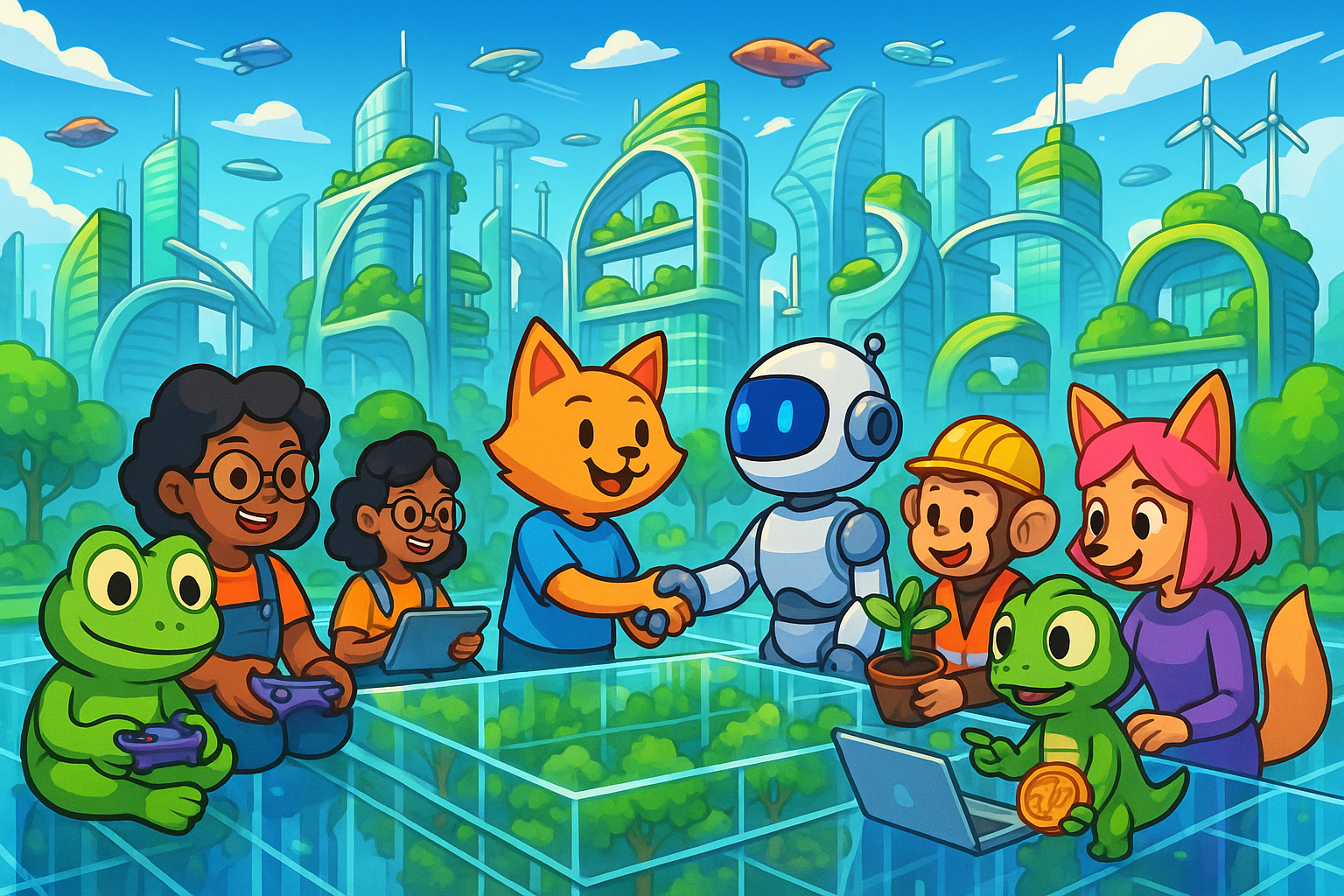
Are P2E Games Fun to Play? (Gameplay vs. Earning)
Historically, this has been a valid critique of many P2E games. Early projects often prioritized the "earn" aspect, leading to repetitive, monotonous gameplay designed primarily for grinding out rewards. This meant that while there was potential to earn, the experience itself wasn't enjoyable for many traditional gamers.
However, the industry is undergoing a significant transformation. Developers are increasingly focusing on delivering high-quality, engaging, and genuinely fun gameplay experiences first. The new wave of P2E games (often rebranded as "Play-and-Earn" or "Web3 games") aims to integrate earning mechanics so seamlessly that they enhance the gameplay, rather than detract from it. Think of games where your skill in combat, strategic decisions, or creative building directly leads to earning valuable assets, rather than just mindlessly clicking. Many established gaming veterans are now entering the Web3 space, bringing their expertise in game design to create truly immersive and entertaining titles. So, yes, while it's important to sift through the options, many P2E games are now genuinely fun to play, offering rich narratives, competitive multiplayer, and innovative mechanics alongside their economic incentives.
What Is the Difference Between Web2 and Web3 Gaming?
The distinction between Web2 (traditional) and Web3 (blockchain-based) gaming boils down primarily to ownership and decentralization:
- Web2 Gaming (Centralized Ownership):
- Developer Control: The game developer owns all in-game assets, even if you "buy" them. You're essentially licensing their use.
- Closed Ecosystems: Items bought or earned in one game are typically locked within that game and cannot be transferred, sold for real money, or used elsewhere.
- Monetization: Primarily through selling games, in-game purchases (skins, loot boxes), and subscriptions.
- Centralized Servers: Game data and player accounts are stored on company servers.
- Web3 Gaming (Player Ownership & Decentralization):
- Player Ownership: Players truly own their in-game assets (NFTs) and often have a stake in the game's economy (tokens).
- Open Economies: Assets can be freely traded on secondary marketplaces, potentially used in other games (interoperability), and have real-world value.
- Monetization: Through P2E mechanics, NFT sales, and token appreciation. Players can earn from their time and skill.
- Decentralized Infrastructure: Utilizes blockchain for asset ownership and often for governance, giving players more say.
Web3 gaming shifts power from the developer to the player, transforming players from mere consumers into stakeholders and beneficiaries of the game's success.
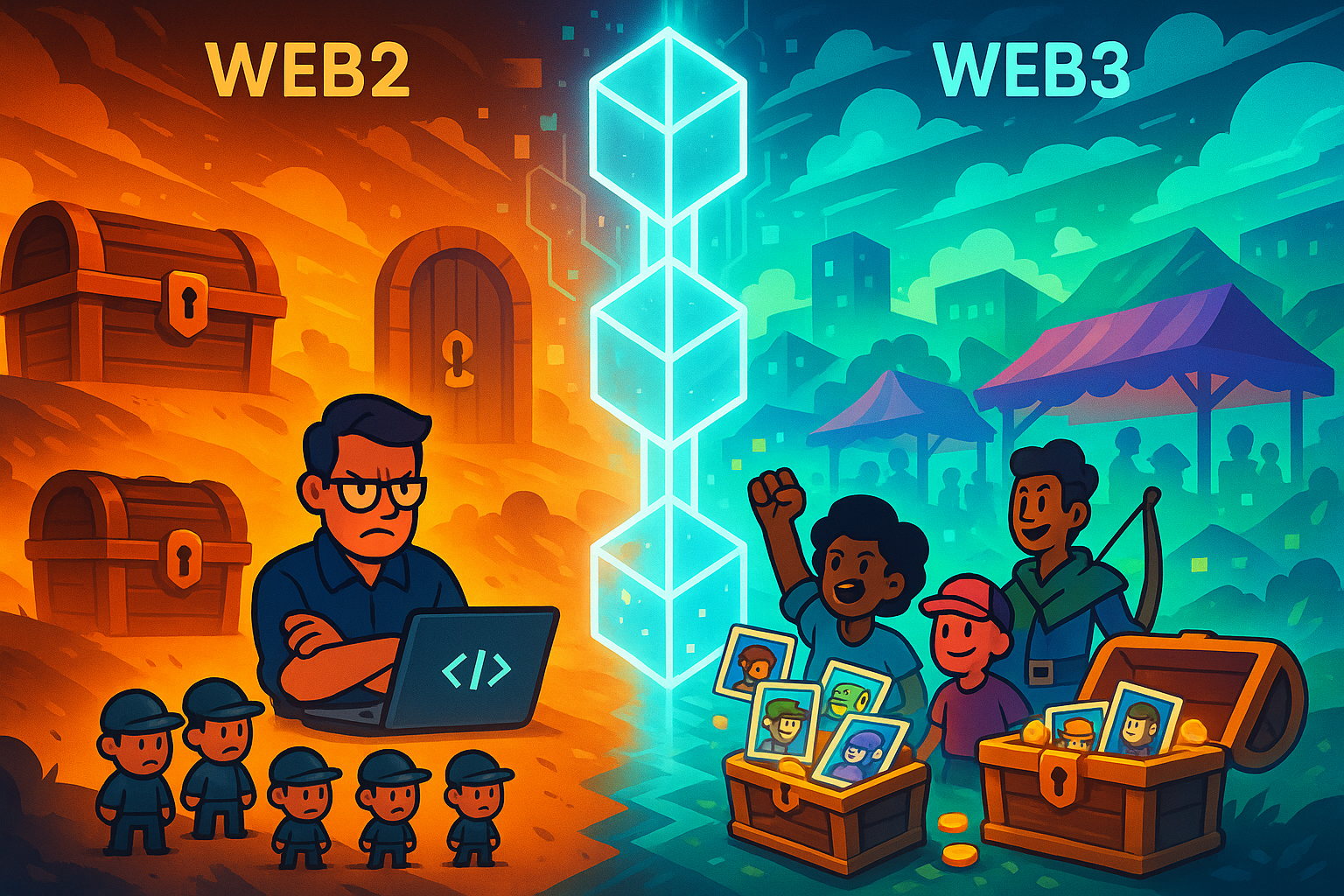
What Is the Metaverse's Role in P2E?
The metaverse, often envisioned as a persistent, interconnected network of virtual 3D worlds, is a natural and expansive home for P2E. In the metaverse, P2E moves beyond just individual games to entire virtual economies. Here's how they intertwine:
- Interconnected Economies: The metaverse allows for assets (NFTs) earned in one P2E experience to potentially be used, traded, or showcased in another. Your unique character skin from one game might be worn in a social hub, or land owned in a virtual world could host a P2E game within it.
- Virtual Land & Real Estate: Owning virtual land in metaverse platforms like Decentraland or The Sandbox is a prominent P2E model. Landowners can develop experiences, host events, rent out space, or monetize it through advertising, all generating revenue.
- Digital Identity & Avatars: Your metaverse avatar, often an NFT, can be customized with various P2E-earned items, creating a unique digital identity that you truly own and can carry across different metaverse experiences.
- Creation & Monetization: The metaverse empowers users to create their own content – games, experiences, items – and monetize them directly, blurring the lines between player, creator, and entrepreneur.
- Persistent Worlds: P2E benefits from the metaverse's persistence, meaning that the value and utility of your earned assets can endure across time and different virtual spaces, enhancing their long-term value.
Essentially, the metaverse provides the overarching framework and interconnectedness that allows P2E to reach its full potential, offering a broader canvas for earning, ownership, and digital self-expression.
What's Next for P2E? (The Future of Blockchain Gaming)
The P2E landscape is rapidly evolving, and the future holds exciting possibilities:
- Improved Gameplay & Graphics: A relentless focus on creating AAA-quality games with compelling narratives and cutting-edge graphics that can rival traditional titles. The "Play" will increasingly come before "Earn."
- Enhanced Interoperability: Greater ability to use NFTs and digital assets across different games and metaverses, fostering a truly open and expansive digital economy.
- Simplified User Experience: Reducing the technical barriers for entry, making it easier for mainstream gamers to adopt Web3 titles without needing deep crypto knowledge. This includes abstracting away complex wallet interactions and gas fees.
- Dynamic Tokenomics: More sophisticated and adaptive economic models that can withstand market fluctuations and ensure long-term sustainability, moving beyond simple inflationary reward systems.
- Mainstream Adoption: As user experience improves and more high-quality games emerge, P2E is poised to break into the mainstream gaming market, attracting millions of new players.
- Ethical & Responsible Development: A greater emphasis on fair play, community governance, and responsible asset creation, moving away from exploitative models.
- Regulatory Clarity: As governments worldwide begin to establish clearer frameworks for digital assets, this will provide more stability and confidence for both developers and players.
The journey of P2E is just beginning. What started as a niche concept is rapidly maturing into a significant force, promising a future where players are no longer just consumers but integral, valued stakeholders in the digital worlds they love.
We hope this FAQ has shed some light on the exciting, yet complex, world of Play-to-Earn gaming. As with any emerging technology, knowledge is your most powerful tool. Always do your own research, proceed with caution, and most importantly, have fun exploring this new frontier of digital ownership and economic opportunity. Happy gaming!

